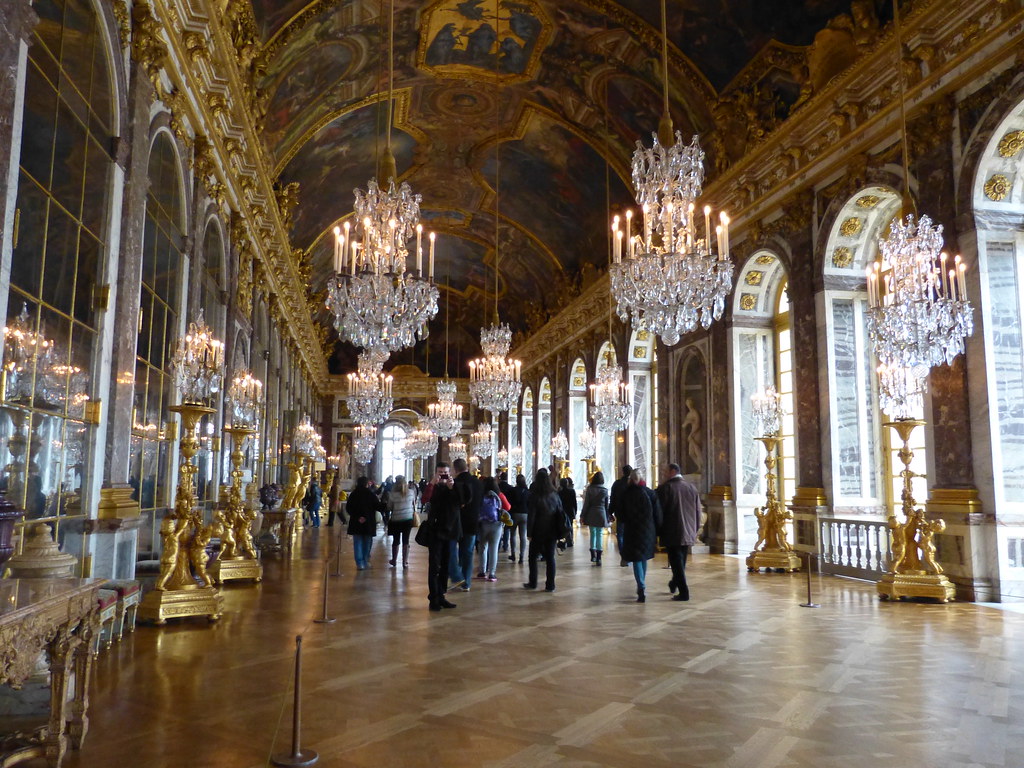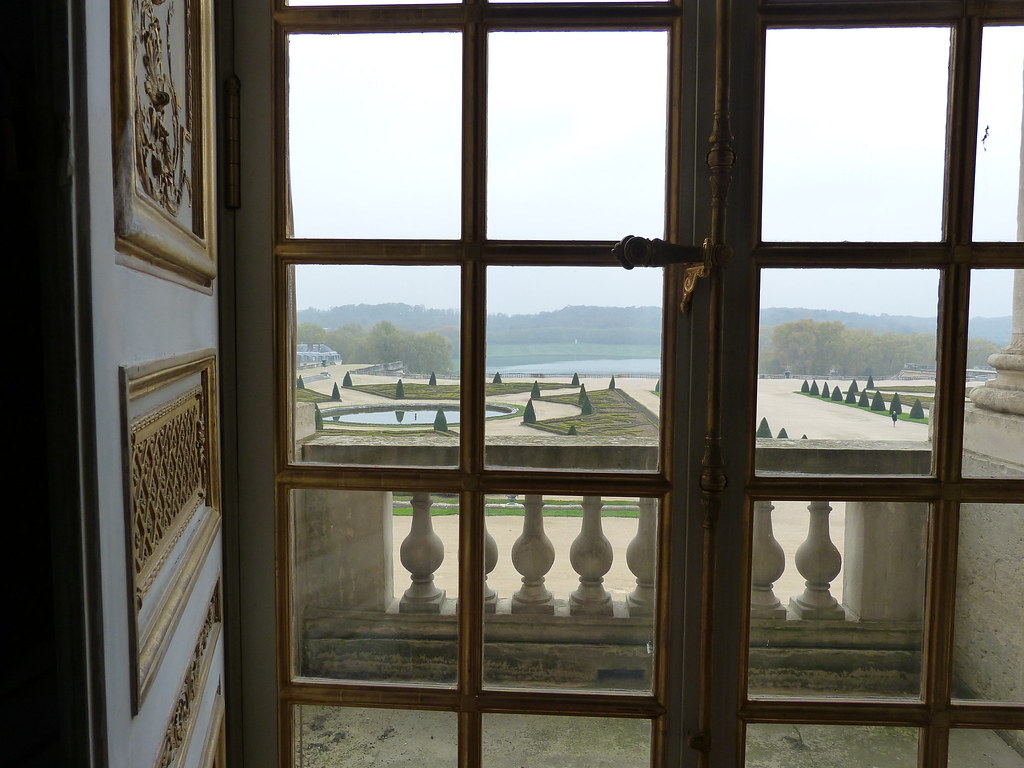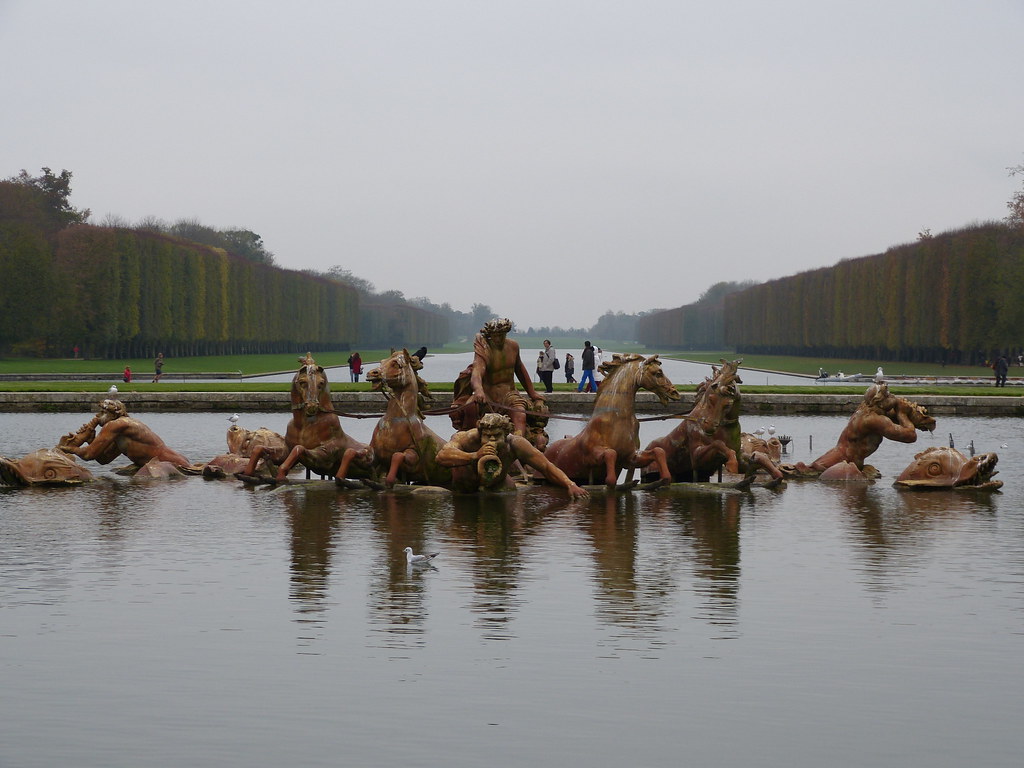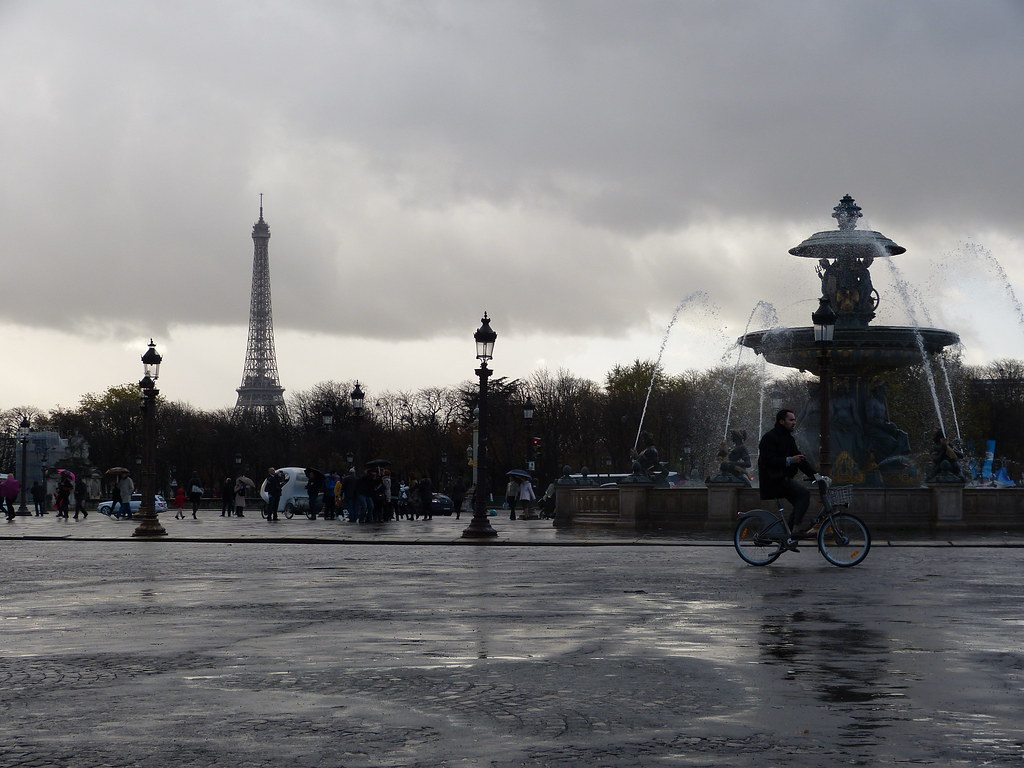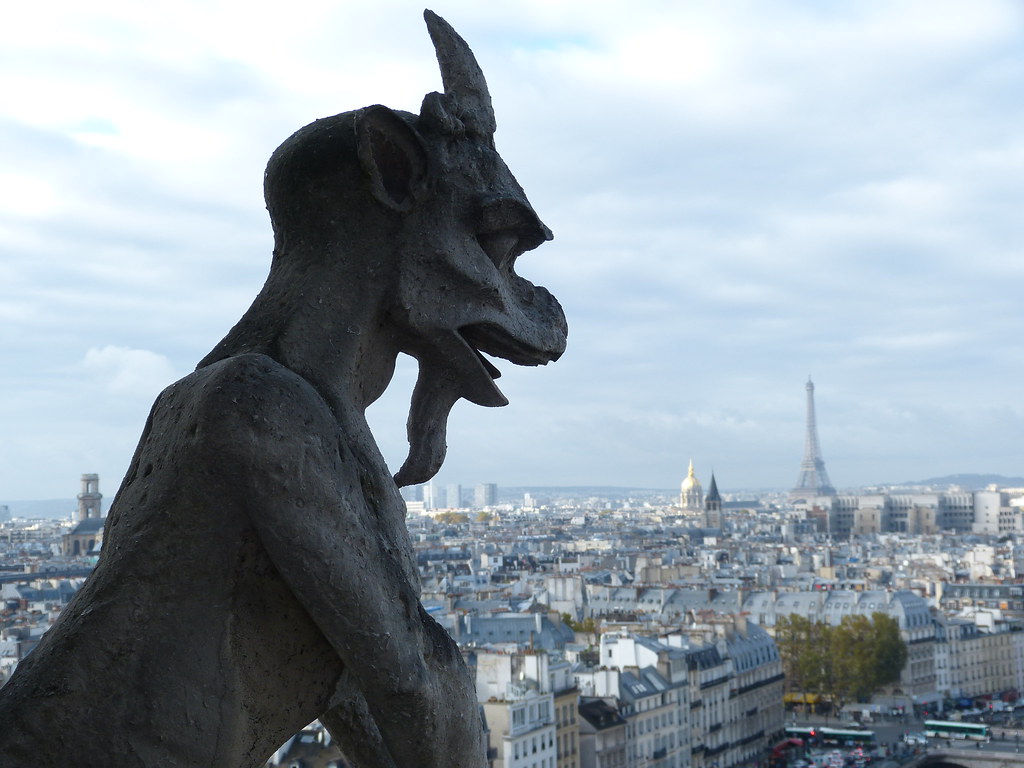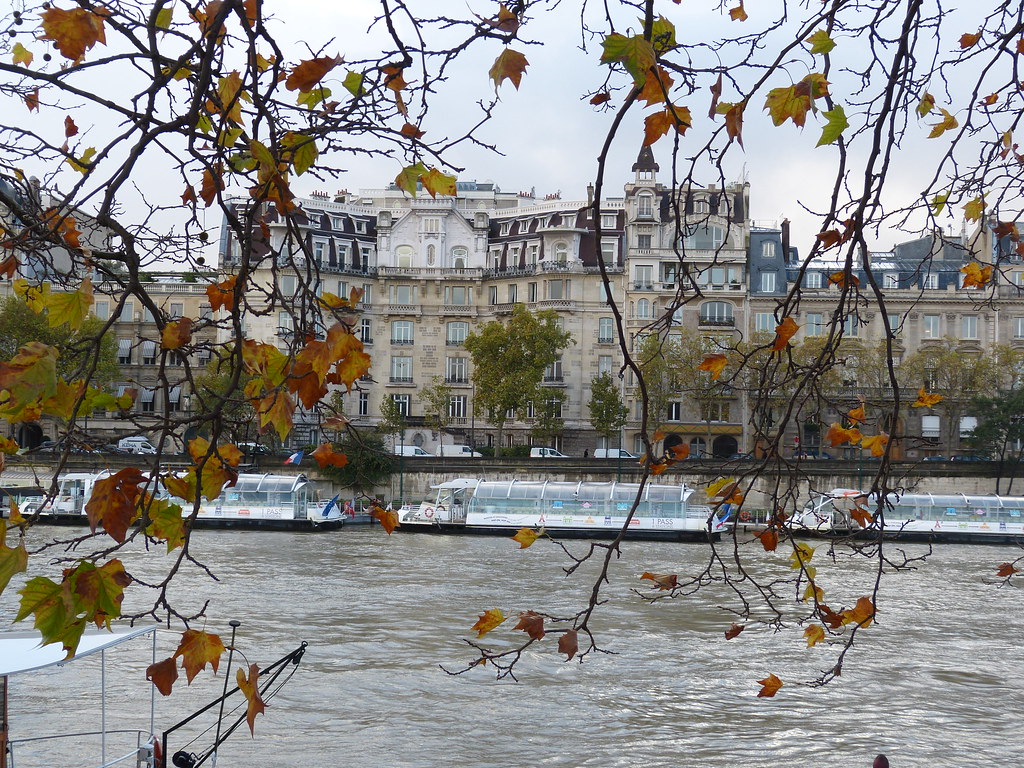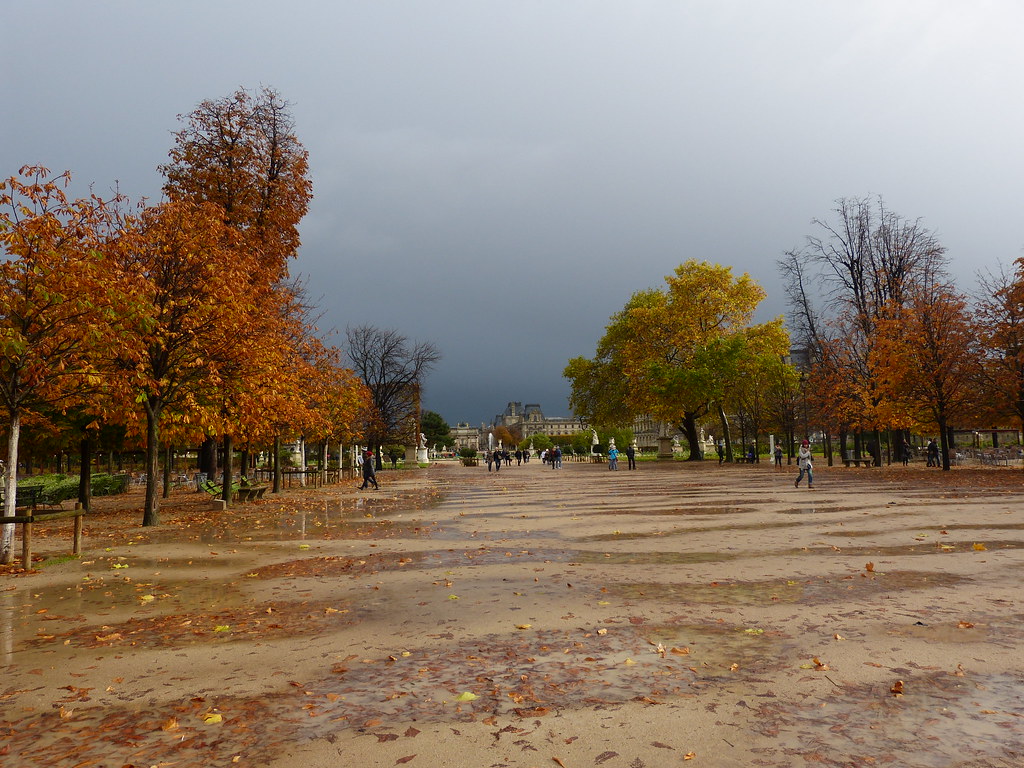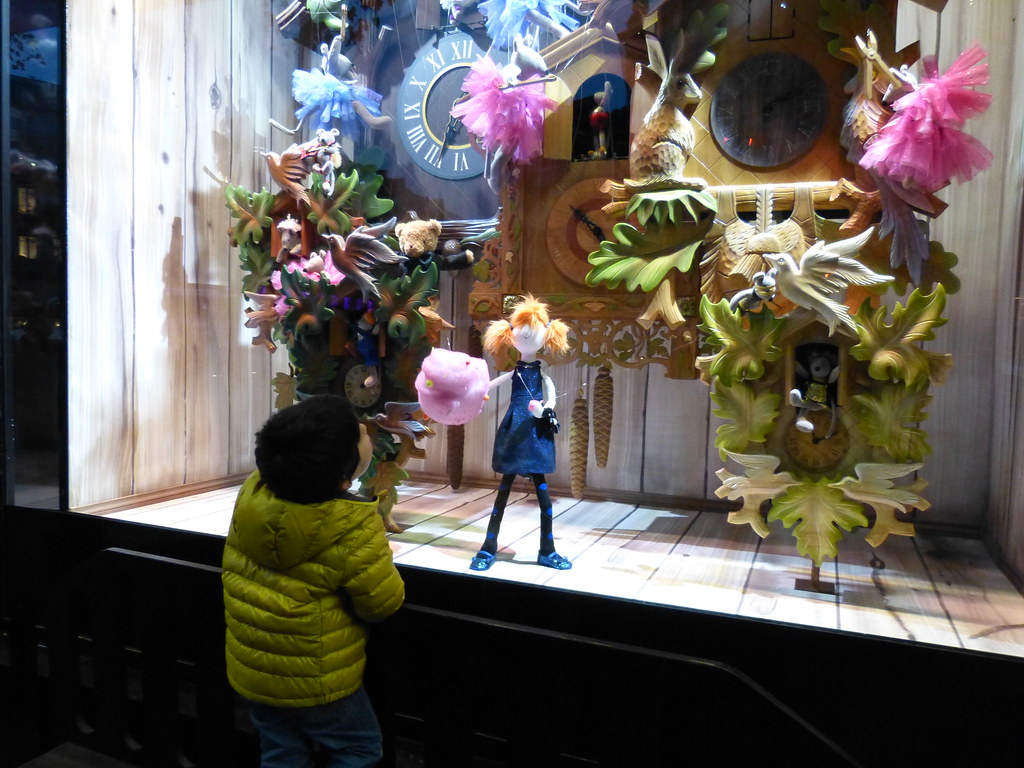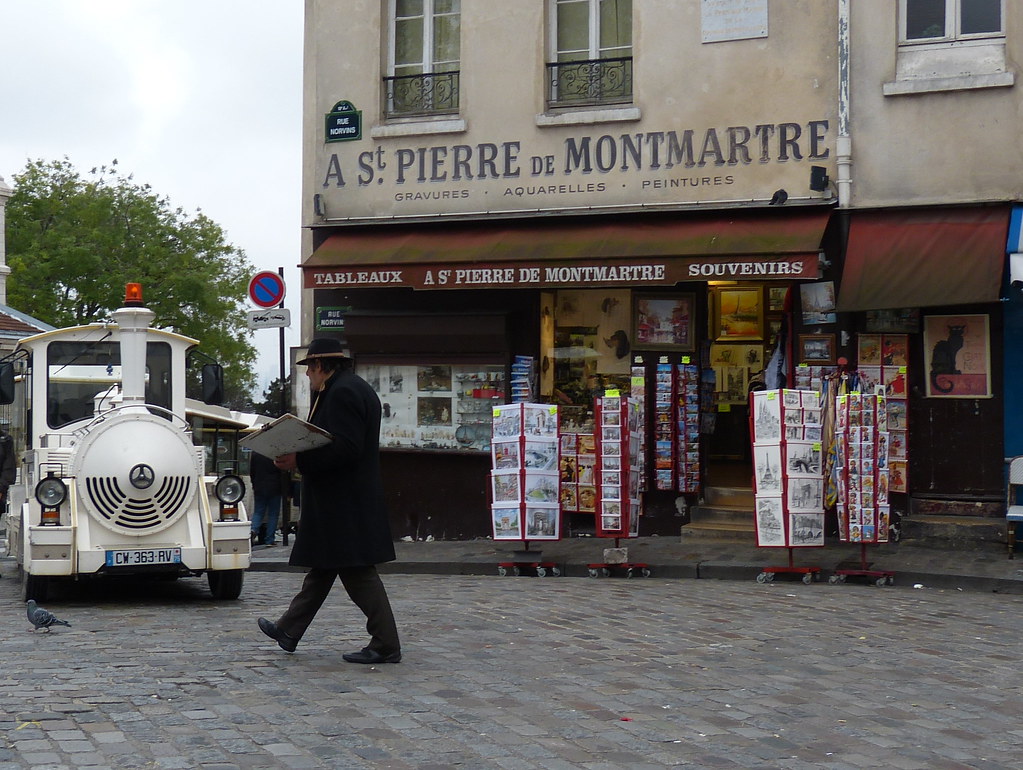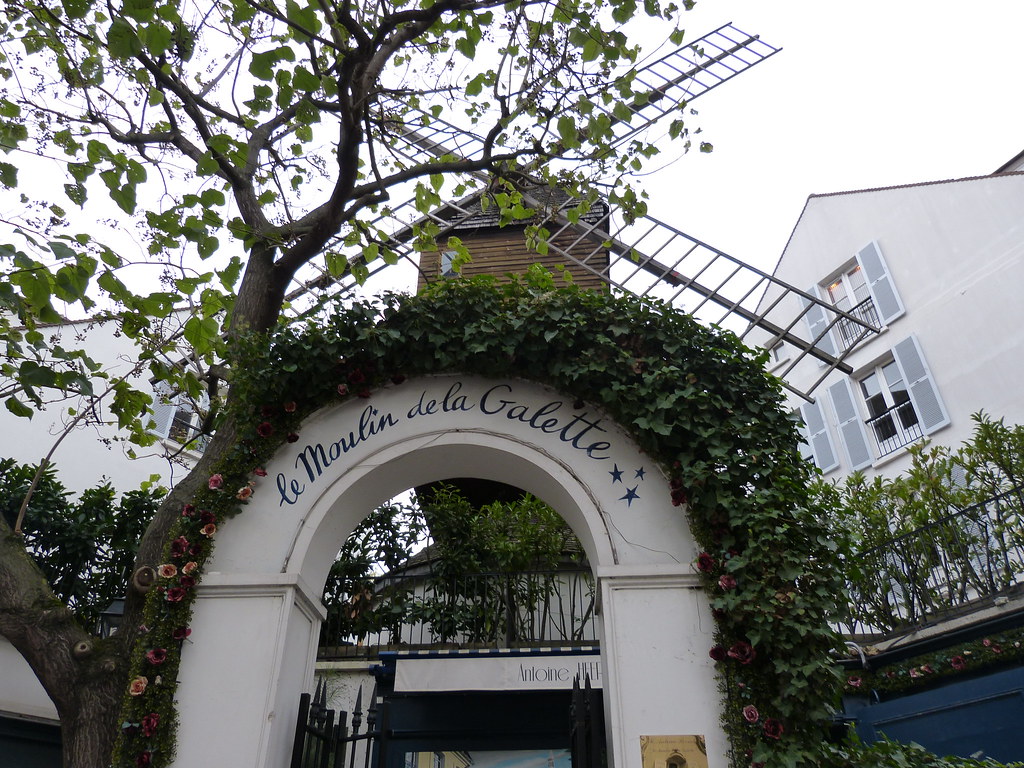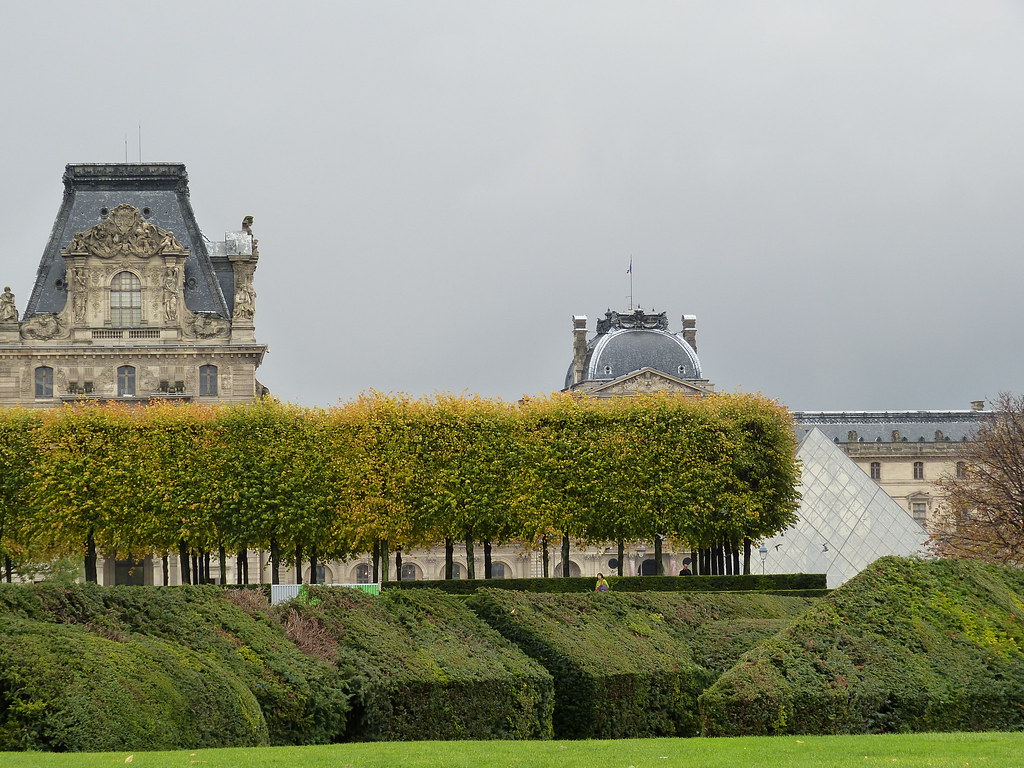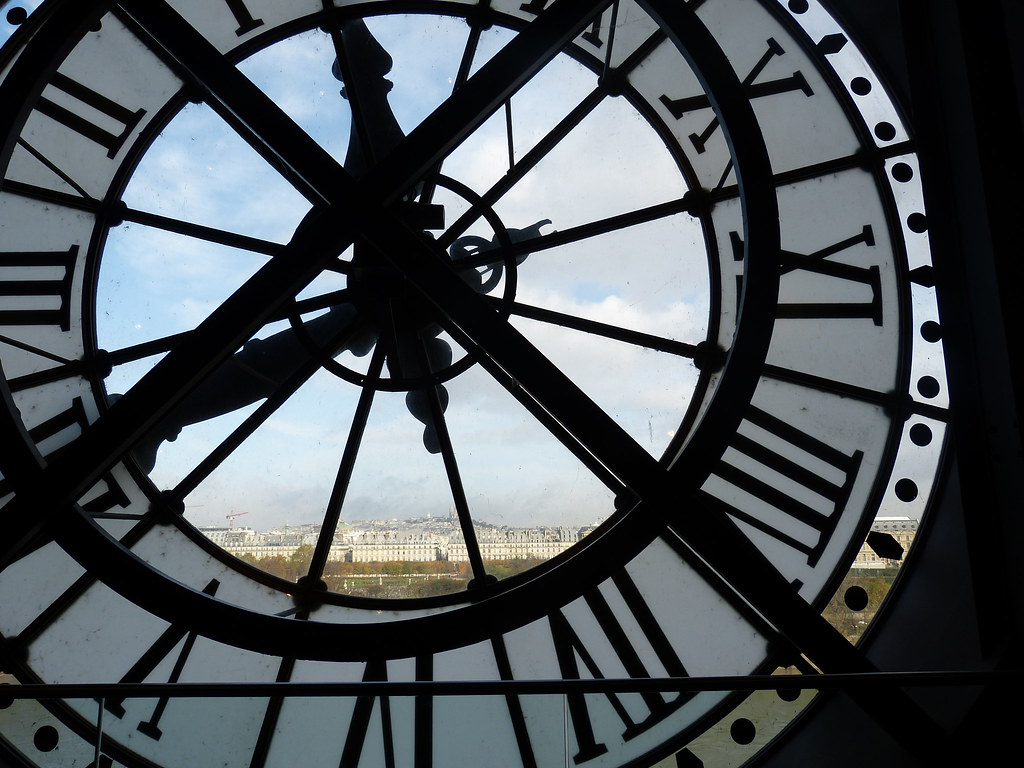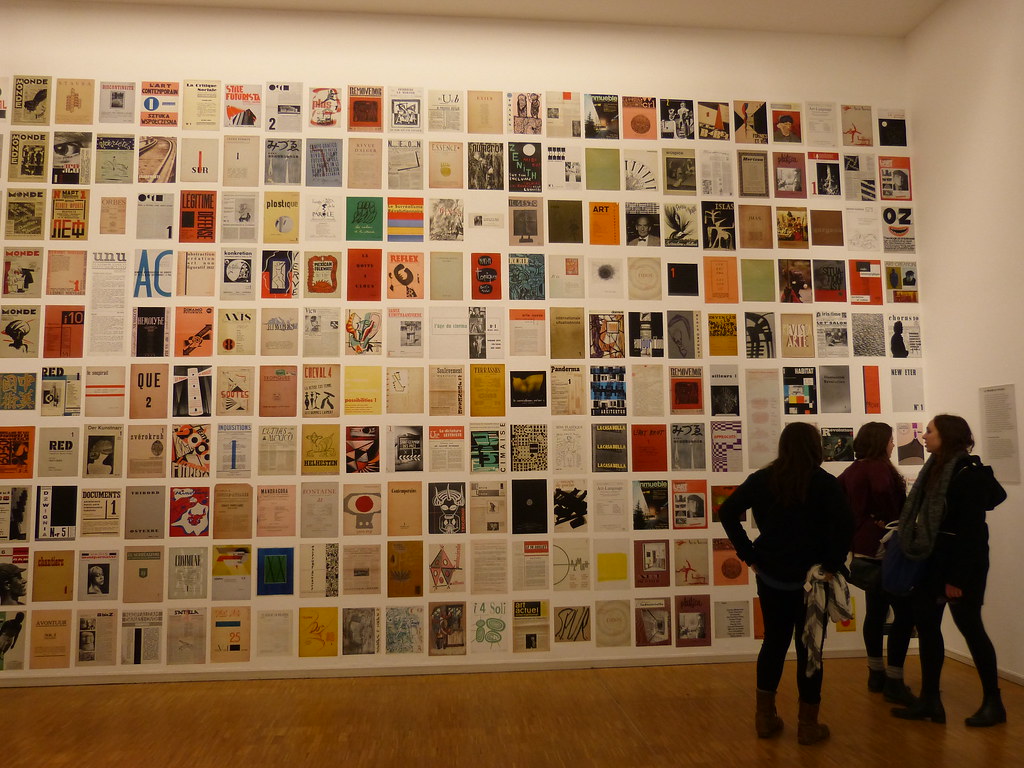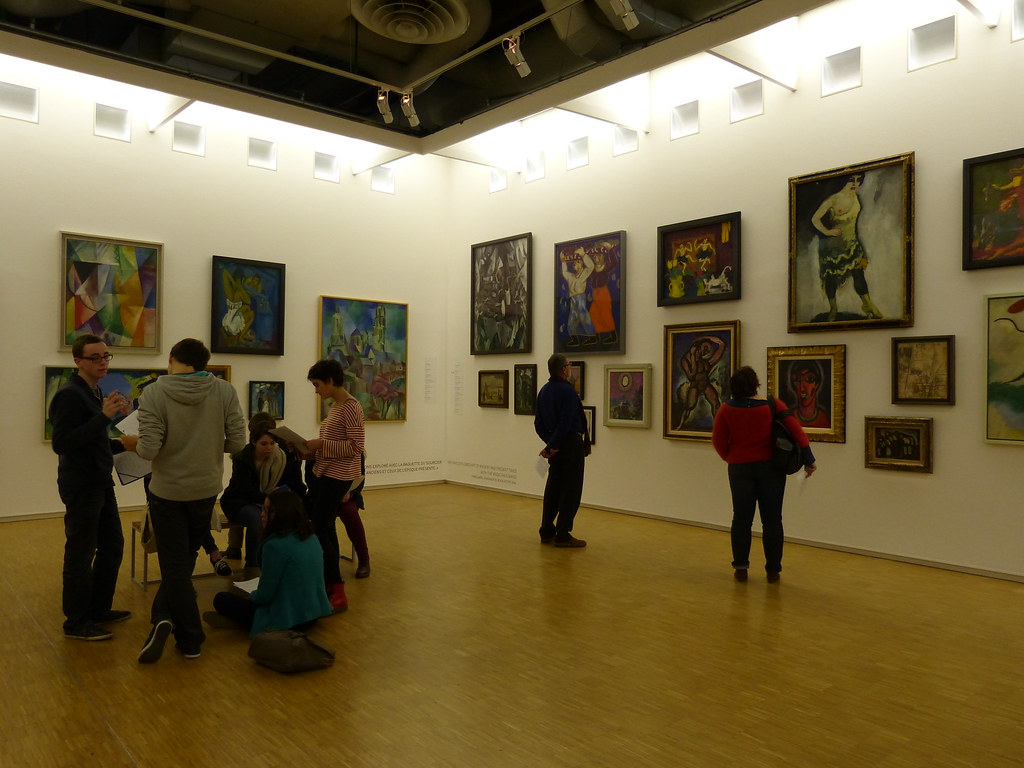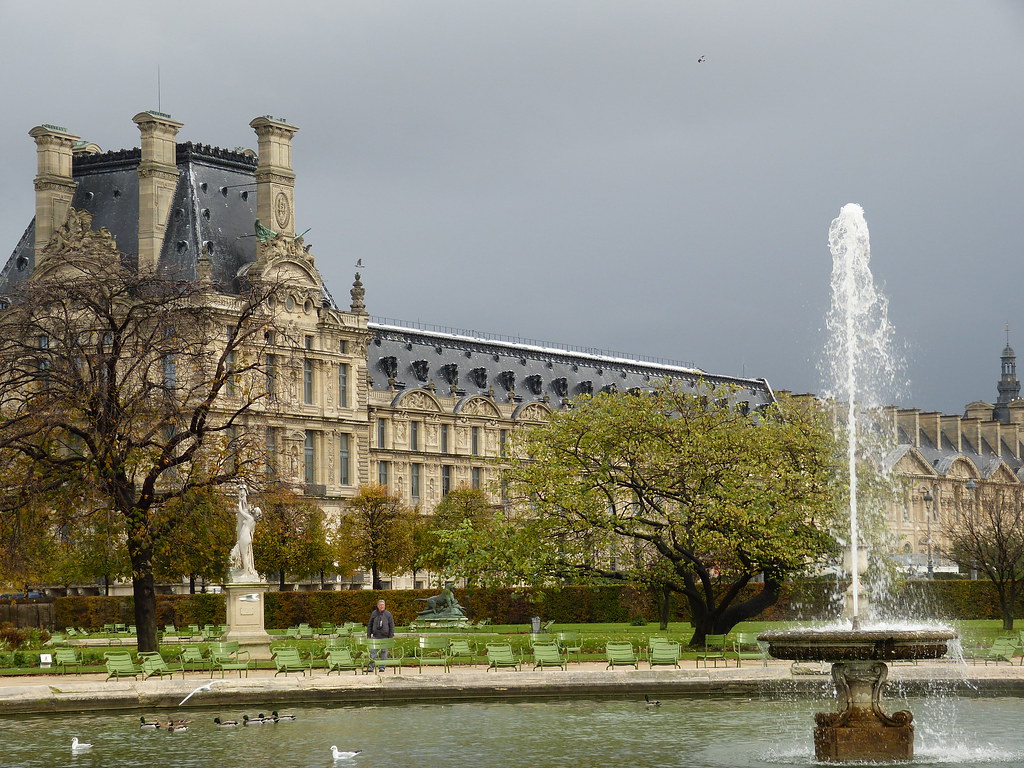What is there better than a plate of meze on a hot day in Istanbul? This is supposed to be just an appetizer, but it worked fine for me as a light lunch. It included various dips like hummus, eggplant salad and haydari, then dolma (stuffed vine leaves) and some cheese. Everything with vegetable sticks for the dips. By the way, that puffy bread is called lavas and I love it.
 |
| Meze lunch in Istanbul |
One of my favourite meals in Bosnia and of the whole Balkan trip was the Hadzijski cevap (marinated beef with peppers and rice) that I had in the old town of Mostar. It was simple but delicious, and also really cheap!
 |
| Bosnia |
3) Amsterdam, Netherlands
What to do when you are visiting a country that is not really famous for its cuisine, you've already tried the obvious and looking around you can only see burgers and fries? In big cities in central or northern Europe, like Munich or London, I usually find that Asian food is top notch. So while in Amsterdam, I repeatedly stopped by Indonesian and Thai restaurants. My favourite was Bird Thai restaurant in Chinatown (close to the red light district).
 |
| Red Thai curry in Amsterdam |
4) Lisbon, Portugal
If I could recommnend only one Portuguese dish it would be bacalhau com natas. The Portuguese have many ways to cook cod, but creamy bacalhau com natas is my favourite. I was lucky enough to participate in a dinner organized by my hostel in Lisbon and this is how I got to taste this delicious typical dish. I am already making plans to go back to Portugal and have it one more time. This is how much I liked it!
 |
| Bacalhau com natas |
It might not be haute cuisine but I just had to try currywurst in Germany, if only for curiosity. The history of this spiced sausage is quite interesting, because it was invented in Berlin just after WWII borrowing curry powder and ketchup (or possibly Worcestershire sauce) from British soldiers. It became a popular snack with the workers who were rebuilding the devastated city, and it is still today a popular take-away food, not only in Berlin but all over Germany.
 |
| Currywurst in Germany |
Vegetarian tagine in an informal restaurant in the medina of Marrakesh - my favourite kind of place where you don't feel weird if you're eating alone (in this case I wasn't). Tagine is the name of the earthenware pot where food is cooked, so you could have many different of tagine: chicken with vegetables, but also with sardines by the sea or with meat and dried fruit. I had this with a glass of orange juice, which seems to be ubiquitous in Marrakesh.
 |
| A vegetarian tajine in Marrakesh |
7) Paris, France
This dish had a name so long that it did not fit in a single line on the menu. Then it turned out to be a steak with potatoes. Overall, my experiences with food in Paris went better when I blatantly tried not to order French food: for example at felafel joints or at a Korean restaurant. I think I owe Paris - and France - a second chance. Next time I'll document myself and try to order some French food with a better understanding of French cuisine.
 |
| A meal in Paris |
From a culinary point of view, Malta is a mix of influences. And how could it not be so? In spite of having been an English colony in the past, Malta is decidedly more Italian than British when you sit down for lunch or dinner. These spaghetti all'amatriciana - which means in a tomato sauce with pancetta (or even better guanciale) and chilli peppers - were really good. I discovered later that many Italian restaurants in Malta are owned by Italian people, hailing from all over the country and enjoying Malta's relaxed lifestyle and mild weather.
 |
| Pasta all'amatriciana in Malta |
9) Stratford-upon-Avon, United Kingdom
I'll always remember this bento box meal I had in Shakespeare's hometown, Stratford-upon-Avon. The Japanese chef was entertaining us, pretending to throw bottles at the clients and things like that. The food didn't look that Japanese, apart from the yakitori, but it was the first time that I had lunch in a box, and I loved the idea.
10) Valencia, Spain
You cannot get bored with all the food in Spain: pintxos from the Basque Country, tapas that may include fish or cured meats like chorizo or jamon iberico, and regional specialities such as the Andalusian gazpacho. After more than three years in Spain I am still busy discovering all its variety. Nothing beats, however, a good seafood paella in a fishing town.
 |
| A paella in Valencia |
11) Split, Croatia
For the most part I found Croatian food uninspiring. They once served me cod telling me it was a more prestigious seabass, while risotto and pasta were only an imitation of what you would have in Italy (which is so close after all). This tuna salad, nevertheless, on the city beach in Split, was really good, and just what I needed after a morning of sunbathing and dipping my toes in the turquoise waters of the Adriatic.
 |
| Tuna salad in Split |
12) Kotor, Montenegro
All over the Balkans you will find these spiced sausages: ćevapčići. Sometimes - especially in Serbia and Bosnia - they serve them with a piece of flat bread, with chopped onions and sour cream, but in Montenegro I had it with French fries. I really enjoyed the meal, plus I had a perfect view of the main square of Kotor.
 |
| Cevapcici in Kotor |
13) Brno, Czech Repulic
Czech Republic might not be famous as a culinary destination, but I had a few good meals there. It was long ago, but I still remember having Smažený sýr, different kinds of fried cheese served with potatoes and salad. This was in Brno and not in Prague (I must be the only person in the world who has been in the Czech Republic but hasn't been to Prague).
 |
| Smažený sýr in Brno |
14) Bangkok, Thailand
I arrived in Bangkok after travelling for many hours (and after two sleepless nights) and I went directly to take a much deserved nap. A couple of hours after I woke with a grumbling stomach and went for a Pad Thai in the neighboorhood. It was not long after that I became addicted. It is a simple dish after all: noodles with bean sprouts, some prawns or seafood, and cashew nuts sprinkled on top. Oh, and don't forget a sprinkle of lime and some chilli peppers to have that caracteristic taste.
15) Pisa, Italy
And last but not least Italy, my country. Even though I am Italian, each time I visit a new region I discover new things to taste. Italy is not only pasta and pizza, as I keep saying to those who think that Italian cuisine is boring! We have plenty of that, for sure, but also other dishes: risotto in the north, delicious grilled fish and seafood served with plenty of vegetables, soups with pulses in Tuscany and meat with mushrooms or polenta in the mountains. My favourite, though, is always pizza!
 |
| A pizza in Italy |




